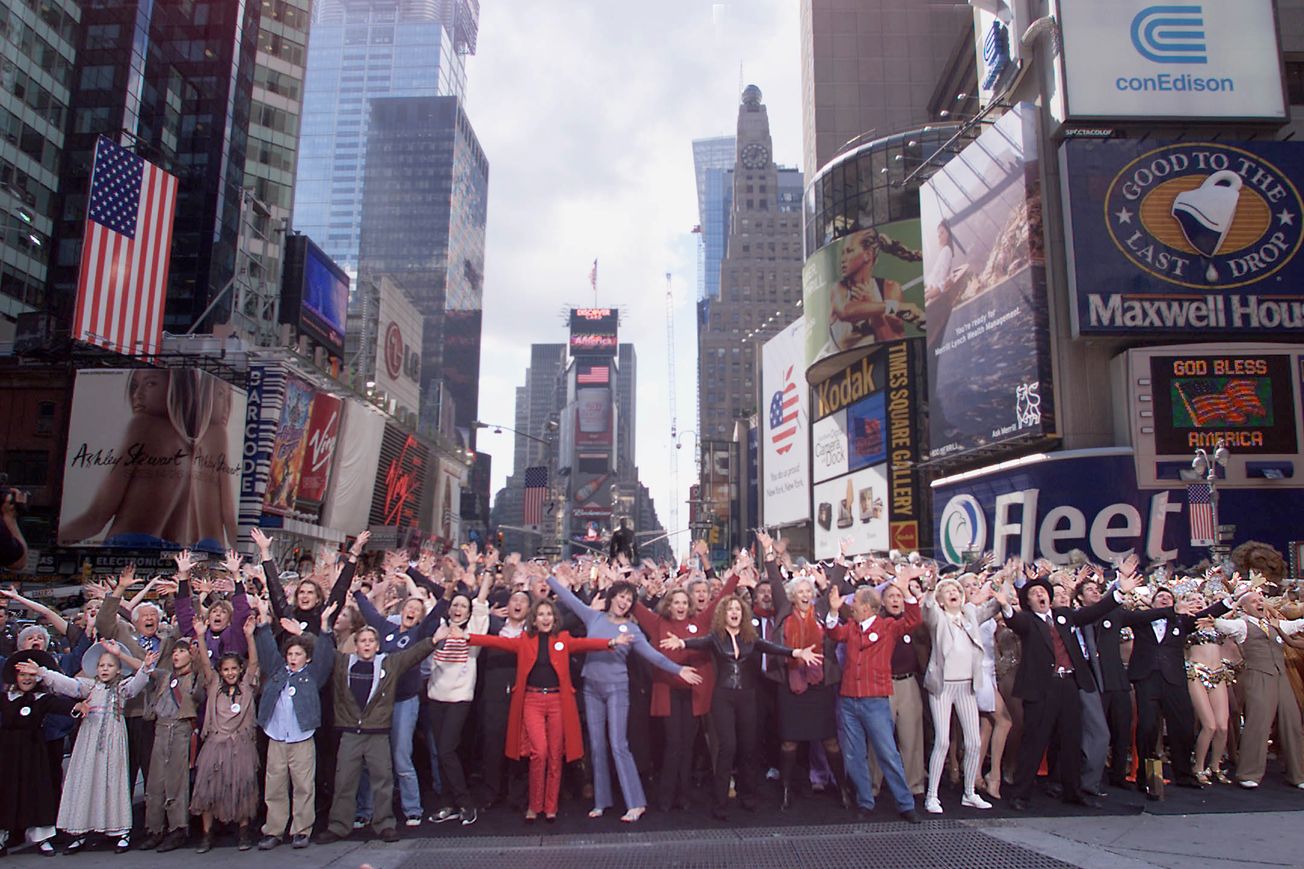The March 12 shutdown of Broadway due to the coronavirus outbreak marks Broadway’s first time going dark due to public health concerns.
It is not, however, the first time Broadway is grappling with a shutdown. The Broadway League ordered one following the events of Sept. 11, 2001, largely due to transportation issues, said then-president Jed Bernstein.
“The tunnels and bridges were closed, so people couldn’t get in and out of Manhattan, and the subways were closed,” Bernstein said in an interview with Broadway News Thursday. “So although the city government did not issue an order that said that the Broadway theaters should be closed, it was impractical because — forget about audiences for a second — you couldn’t get the workers to the theaters.”
That shutdown lasted until Sept. 13, as Mayor Rudy Giuliani urged the theaters to swiftly reopen.
“People had been shut up in their homes for two days looking at these horrific images on television and they really wanted to be out and interacting with other people, which is the opposite of, perhaps, what’s going on now,” Bernstein said.
The coronavirus shutdown is more “uncertain,” Bernstein said, because it presents “no clear exit.” The shutdown is currently in effect through April 12, with Broadway productions scheduled to resume on April 13. However, there is no projected day when the pandemic will end.
New York Mayor Bill de Blasio declared a state of emergency for the city Thursday afternoon. In a press conference he said the COVID-19 could close large venues, including Madison Square Garden and Barclays Center, for months.
Bernstein noted one similarity between the 9/11 shutdown and the current one: the economic impact. Three or four shows were not able to reopen on Sept. 13 due to either the immediate financial losses or the belief that business would suffer for the foreseeable future, according to Bernstein. The shows that did reopen were uncertain as to whether they would have an audience.
“Broadway shows are not heavily capitalized like industrial organizations, so it’s hard to withstand a dip to business or a closure for very long,” he said.
He attributed the eventual recovery of Broadway to a “sense of community and cooperation” that manifested itself in partnerships between Broadway and other affected industries that included restaurants and hotels. “Spend Your Regards to Broadway” was one such partnership, in which the government bought large amounts of Broadway tickets to be given away to patrons who spent money at other businesses.
Still, many of the current shows on Broadway have been through a shutdown before, albeit for a shorter length of time. More than 20 shows had to cancel their evening performances on July 13, 2019 due to a power outage. The only unaffected productions were “Beetlejuice,” “Burn This,” “Be More Chill” and “Beautiful,” located on the opposite side of Broadway from where the power failed.
Otherwise, labor movements have driven most of the shutdowns in Broadway history. Strikes in 1919, 1960, 1964 and 1975 all caused the theaters to close for varying lengths of time. The 1919 shutdown happened in waves between Aug. 7 and Sept. 7 of that year — according to Actors’ Equity, 37 Broadway shows were darkened and 16 prevented from opening in that time. (The 1918-1919 flu pandemic, which was making its way through the U.S. around the same time, did not close Broadway.)
Twenty-two theaters closed on June 2, 1960, the first night of the shutdown, losing business from the 23,000 patrons that would have attended that night, according to The New York Times. That strike was shorter than its predecessor, only lasting 11 days, and the 1964 strike only lasted one. The 1975 strike, led by the Local 802 chapter of American Federation of Musicians, caused a 25-day shutdown between Sept. 18 and Oct. 13. Box offices experienced a $3.5 million loss as a result, according to The New York Times.
Following that, Broadway went dark in 2003. All Broadway musicals — except Studio 54’s “Cabaret,” which operated under a different contract — did not perform from March 7 to March 11 that year. A proposal to reduce the minimum required number of orchestra members had prompted a strike led by Local 802.


























































